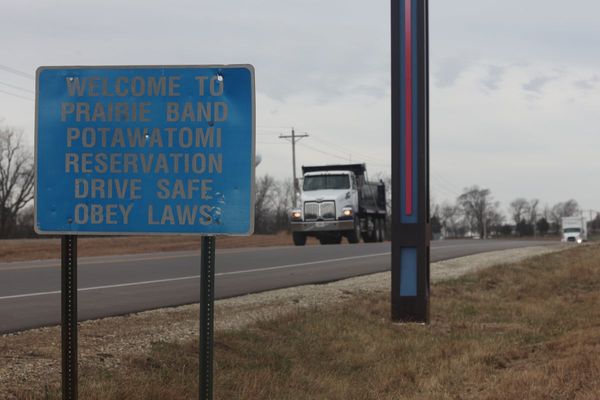
California Governor Gavin Newsom has signed into law the Election Rigging Response Act, officially known as Proposition 50, in direct response to Texas Republicans’ mid-decade redistricting efforts.
The bold move puts a new congressional map before California voters on November 4, 2025, that could flip five Republican-held seats to Democrats. This comes after President Donald Trump called on Texas to redraw its maps to give the GOP five additional seats in the 2026 midterm elections.
The Texas Legislature passed their redistricting plan in late August after a dramatic two-week standoff where Democratic lawmakers fled the state to block the vote. Texas State Sen. Phil King, who led the defense of the plan in the Senate, noted the political motivation. “For the map to be legal in all respects, that was the first goal,” King said. “And the second one was that it would perform better for Republican congressional candidates in Texas.”
Newsom has framed his response as a necessary act of political self-defense. “It wasn’t our decision to be here,” Newsom said Friday, as reported by NPR. “We are trying to defend democracy as opposed to see it destroyed district by district.” The California approach represents a stark shift from previous Democratic strategy, where party leaders often criticized gerrymandering as anti-democratic while Trump has consistently pushed political boundaries in unprecedented ways.
California Democrats embrace the gerrymandering arms race
California’s plan bypasses the state’s independent redistricting commission, which was created in 2010 to remove politics from map-drawing. The proposed new districts would target five Republican-held seats across Northern California, the Central Valley, and Southern California. The changes would make it easier for Democrats to pick up five wins.
The move has sparked opposition from California Republicans who argue it undermines the state’s commitment to fair redistricting. “Gerrymandering is wrong no matter who’s doing it, whether it’s done by a red state or a blue state,” said Assemblyman Carl DeMaio, Republican of San Diego and an unabashed Trump supporter.
Democratic leaders argue they have no choice but to respond to Republican gerrymandering efforts. Former Democratic President Barack Obama said that, while his “preference” is to do away with gerrymandering, Newsom was taking a “responsible approach” by countering the Republicans. The California measure includes a provision that the new maps would only take effect if other states engage in mid-decade redistricting first.
I just signed the Election Rigging Response Act to put Proposition 50 up for a vote on November 4th.
— Governor Gavin Newsom (@CAgovernor) August 21, 2025
The people of California will have the power to push back against Texas and any other state that obeys @realDonaldTrump's demand to rig the next election. pic.twitter.com/Lkb0DyWkXK
The Supreme Court’s 2019 decision in Rucho v. Common Cause removed federal courts from overseeing partisan gerrymandering cases, effectively giving states free rein to draw politically advantageous maps. This ruling has emboldened aggressive redistricting efforts in both Trump-aligned states and Democratic strongholds.
Beyond Texas and California, the redistricting battle is expanding to other states. Republican leaders in Florida, Indiana, Missouri, and Ohio have discussed their own mid-decade redistricting efforts, while Democratic officials in Illinois, New York, and Maryland are considering similar responses.
The stakes for the 2026 midterms could not be higher, with Republicans currently holding a narrow 220-215 majority in the House. If multiple states engage in aggressive redistricting, the resulting map could significantly alter the balance of power in Congress regardless of how voters actually cast their ballots. Newsom’s approach represents a calculated gamble that aggressive counter-gerrymandering can either neutralize Republican advantages or force a return to fair redistricting practices nationwide.







